I have seen this rather simple circuit for end position detection of a DC motor drive mechanism. An infrared LED (V402) and a phototransistor (V401) are used as a light barrier.
Can someone give me a hint concerning the circuit topology name and function of the additional BC856A (V403) PNP transistor in this circuit? (Is it a current amplifier?)
Isn't this circuit design very susceptible to ambient light and also temperature variation?
Edit1: Here is the simulation result of this circuit. It seems to have a current to voltage gain of 20V/mA.
